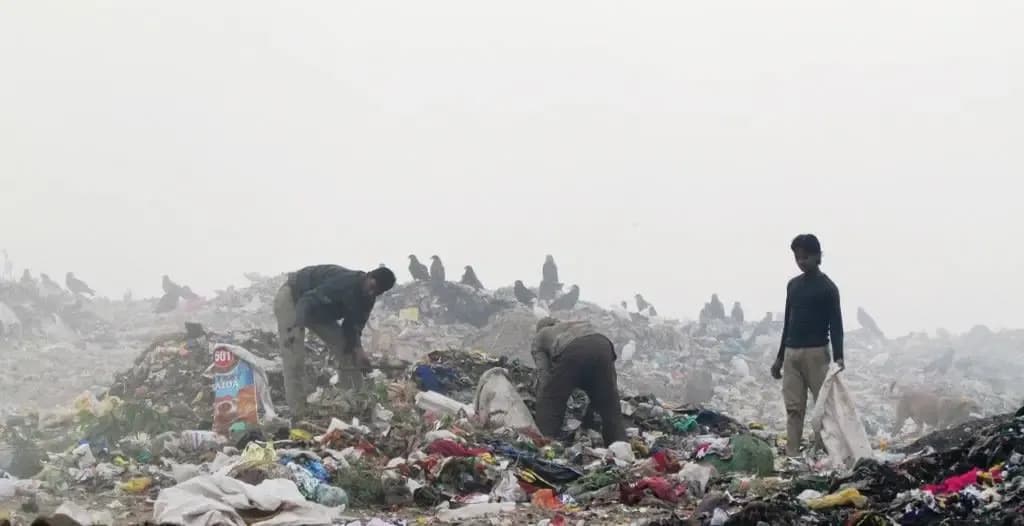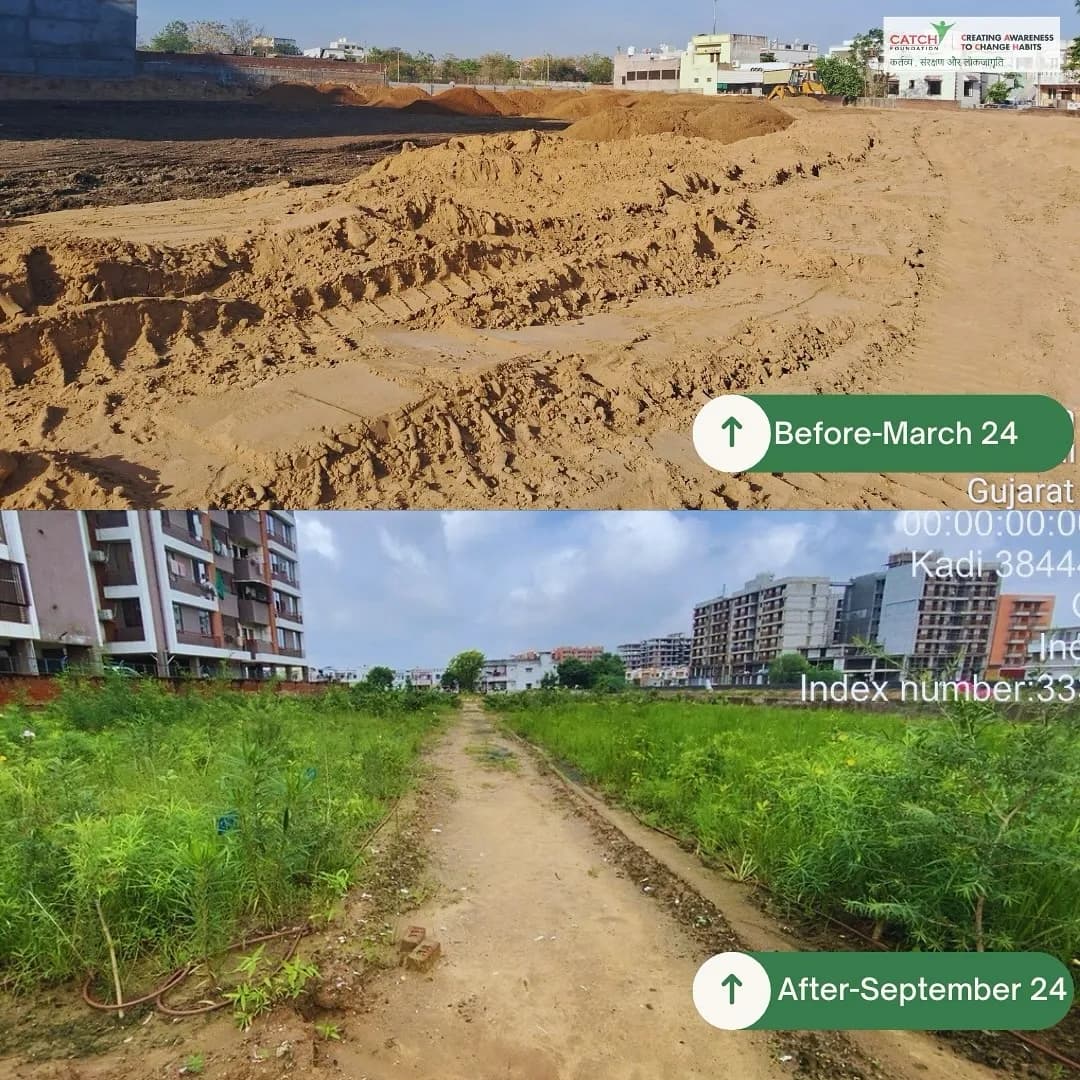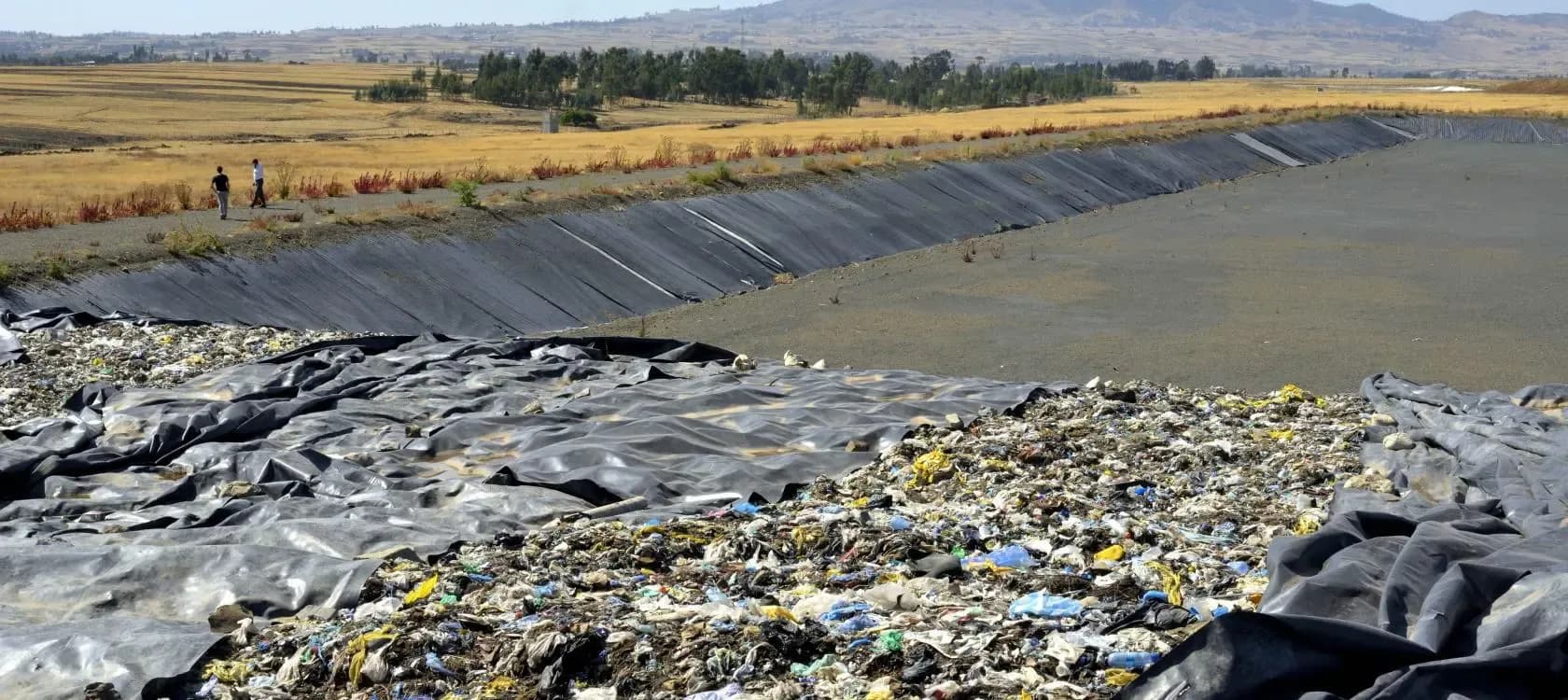Sanitary landfills are a silent but growing crisis beneath our cities. As India’s urban population continues to rise, so does its solid waste. Behind every growing skyline lies a hidden problem: what do we do with the garbage? The answer for decades has been landfills. But not all landfills are the same. There’s a big difference between uncontrolled dumping grounds and engineered sanitary landfills.
Understanding sanitary landfills is crucial for corporates who wish to engage meaningfully in India’s sustainability journey. Let’s break it down.
What Is a Sanitary Landfill?
A sanitary landfill is a carefully designed and engineered site where solid waste is isolated from the environment until it is safe. The goal is to prevent contamination of air, soil, and groundwater by safely containing and managing waste over time. Unlike open dumps where waste piles up uncontrolled, sanitary landfills use scientific methods to control leachate, prevent gas emissions from escaping, and avoid long-term soil and water pollution.
These landfills are built with:
-
Liners (usually made of clay or synthetic materials) at the bottom to stop leachate from entering groundwater.
-
Leachate collection systems that drain and treat liquid that seeps through the waste.
-
Gas collection systems to capture methane produced from organic decomposition.
-
Daily soil covers to limit pests, fires, and odors.
Over time, once a landfill cell is full, it is capped and monitored for decades to ensure no pollution occurs.

Why Does India Need Sanitary Landfills?
India generates an enormous amount of waste every single day. According to the Ministry of Environment, Forest and Climate Change (MoEFCC), India produces around 160,000 metric tonnes of municipal solid waste (MSW) daily. This figure is expected to touch 260,000 tonnes per day by 2030 as urbanization continues.
However, only a small fraction of this waste is scientifically managed. A 2020 CPCB (Central Pollution Control Board) report shows that nearly 70% of MSW still ends up in open dumpsites. These sites lack proper liners, leachate control, or gas management, leading to severe groundwater contamination, toxic fires, air pollution, and public health hazards.
With over 3,000 dumpsites spread across India, many cities are now sitting on waste mountains that are already 20-30 meters tall. Sites like Ghazipur (Delhi), Deonar (Mumbai), and Pirana (Ahmedabad) have become permanent waste landmarks—posing environmental and social risks every day.
The need for sanitary landfills is not optional anymore — it’s critical for public health, urban planning, and India’s long-term sustainability targets.

The Process: How Sanitary Landfills Work
The life cycle of a sanitary landfill follows a highly regulated process.
First, waste is sorted and compacted before being placed in a landfill cell. The base of the landfill has multiple protective layers to prevent seepage. These include compacted clay layers, high-density polyethylene (HDPE) liners, and gravel drainage layers. As waste decomposes, it generates both leachate and landfill gases (mostly methane and carbon dioxide). The leachate is collected through drainage pipes and treated in wastewater plants. The gases are captured via extraction wells and can even be used to generate energy in modern waste-to-energy facilities.
Once a cell reaches full capacity, it is capped with additional layers to seal off the waste, covered with soil, and monitored for decades to ensure stability.

The Methane Problem
One of the biggest dangers of poorly managed landfills is methane emissions. Methane is a greenhouse gas 84 times more potent than CO₂ over a 20-year period. According to the UNEP, global waste sector methane emissions could increase by 70% by 2050 if business-as-usual continues.
In India, open dumpsites release thousands of tonnes of methane every year, contributing directly to global warming. Proper sanitary landfills with gas capture systems significantly reduce these emissions and even allow for biogas energy generation, turning waste into a resource.
Current Sanitary Landfill Capacity in India
While some Indian cities have started building sanitary landfills, the scale remains small compared to the waste generated.
-
Bengaluru has developed a few engineered landfill sites like Bingipura and Terrafirma.
-
Pune’s Uruli Devachi site operates with partial sanitary landfill structures.
-
Delhi is still struggling to move legacy waste from Ghazipur into newer engineered landfill zones.
-
The Swachh Bharat Mission and Solid Waste Management Rules 2016 mandate scientific landfill development, but implementation remains slow due to land availability, cost, and governance gaps.
By 2024 estimates, India needs at least 1,200 additional sanitary landfill cells to scientifically manage projected waste volumes over the next 10 years.
Why Sanitary Landfills Matter for Corporates and CSR
For many companies focused on sustainability, waste management often gets overshadowed by energy, water, or afforestation projects. However, waste is one of India's most urgent climate and social challenges. Poorly managed waste directly affects:
-
Urban air quality (PM2.5 from burning dumps)
-
Groundwater pollution (due to leachate leakage)
-
Public health (especially among marginalized waste picker communities)
-
Climate change (via methane emissions)
By engaging in landfill remediation, scientific waste management, and supporting municipal partnerships, corporates can create high-visibility, high-impact CSR projects that:
-
Directly contribute to India’s net-zero by 2070 commitments.
-
Improve the living standards of urban populations.
-
Build long-term sustainable infrastructure in Tier 1, Tier 2, and Tier 3 cities.
-
Generate carbon offset credits through methane capture projects.
The Cost Factor
Sanitary landfills are capital intensive but cost-effective long-term:
-
Estimated cost to build one engineered landfill cell: ₹20-25 crore depending on site size and design.
-
Annual O&M costs: ₹2-5 crore.
-
Potential methane capture revenue: ₹50 lakh to ₹2 crore per year (depending on waste volume and technology used).
For corporates, co-investing through CSR funds or public-private partnerships can unlock both environmental and reputational returns.
How CATCH Foundation Contributes
At CATCH Foundation, we work on multiple waste-to-green models where legacy dump sites are scientifically transformed into thriving green zones through:
-
Waste stabilization
-
Landfill capping
-
Native afforestation (using Miyawaki technique)
-
Soil remediation
-
Long-term site monitoring

Such projects not only neutralize old waste zones but create permanent carbon sinks that serve as public green lungs for decades.
Conclusion: Sanitary Landfills Are No Longer Optional
India's waste crisis is growing daily. Simply collecting waste is no longer enough — where and how we dispose of it decides whether we solve or worsen climate change.
Sanitary landfills offer a scientifically proven, scalable, and long-term solution to urban waste management — but they require strong public-private cooperation. For corporates serious about sustainability and CSR leadership, investing in scientific landfill transformation is one of the most direct ways to create visible, permanent, and climate-relevant impact.
Sources:
ScienceDirect - Sanitary Landfill Overview
Britannica - Sanitary Landfill
